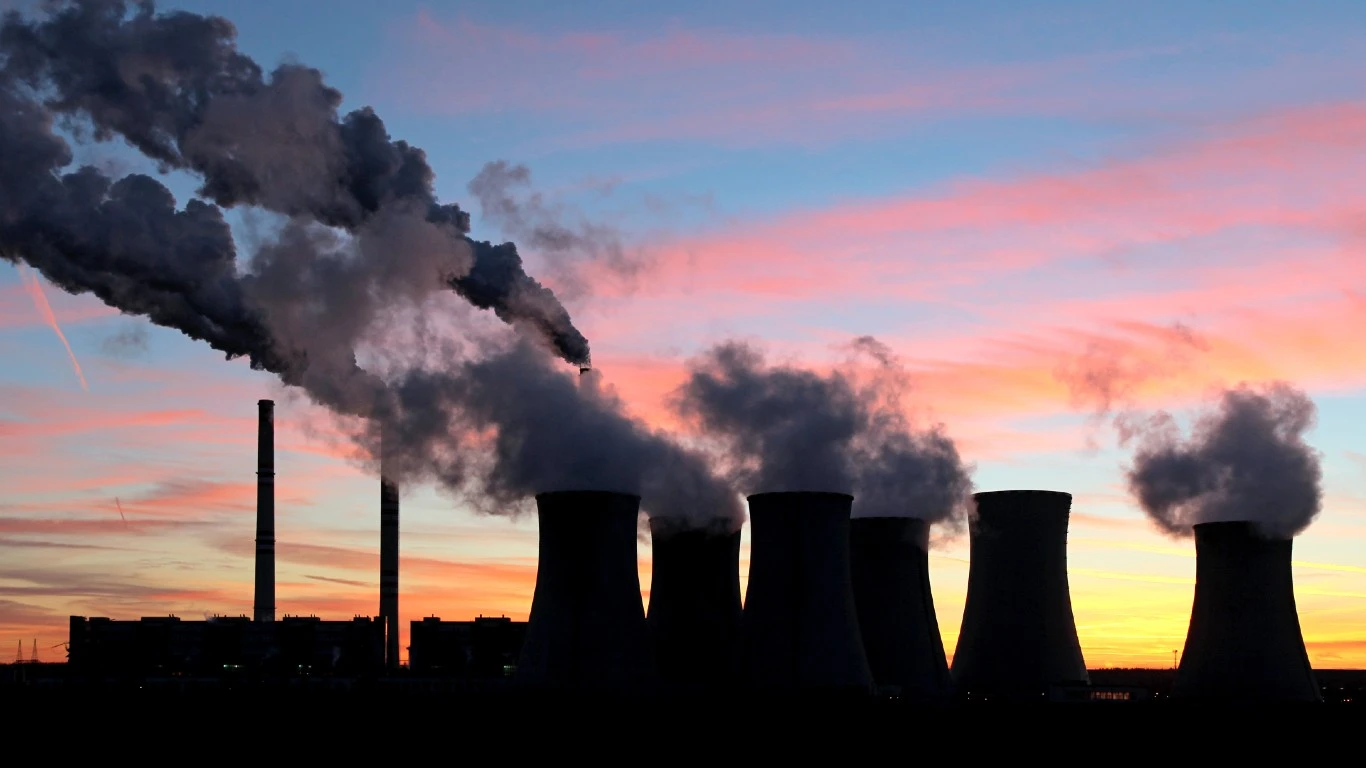
Nuclear power plants are critical to the U.S. energy mix. The U.S. produces more nuclear energy than any other country in the world, and nuclear power plants account for about one-fifth of electricity production nationwide each year – a share that has remained relatively constant since the early 1990s.
Despite our reliance on nuclear power, American nuclear infrastructure is aging rapidly. There are currently 55 commercial nuclear power plants nationwide housing some 93 nuclear reactors – and just six of those reactors first came online after 1990.
Using data from the U.S. Nuclear Regulatory Commission, 24/7 Wall St. identified the newest nuclear power plants in the United States. Only plants with nuclear reactors that went online after Jan. 1, 1980 were considered, and those plants are ranked on the date their newest reactor began generating commercial electricity.
Currently, the NRC licenses plants to operate a nuclear reactor for 40 years, afterwhich, plants must apply to extend their license in 20 year increments. All but one active nuclear reactor in the U.S. have over half of its license time remaining. Here is a look at the states with the most nuclear power plants.
Nuclear energy is by far the most reliable and efficient power source available and produces no carbon pollution. However, nuclear power plants also have some drawbacks that make them less attractive. These include high-startup costs, the production of nuclear waste, and the potential for a catastrophic malfunction, as the world most recently witnessed with the Fukushima plant in Japan in 2011. Here is a look at America’s biggest nuclear power plants.
Currently, two new nuclear reactors are under construction at Plant Vogtle in Georgia – the last of which is scheduled for completion in 2023.
Click here to see the most recently built nuclear power plants in the US
Click here to see our detailed methodology





